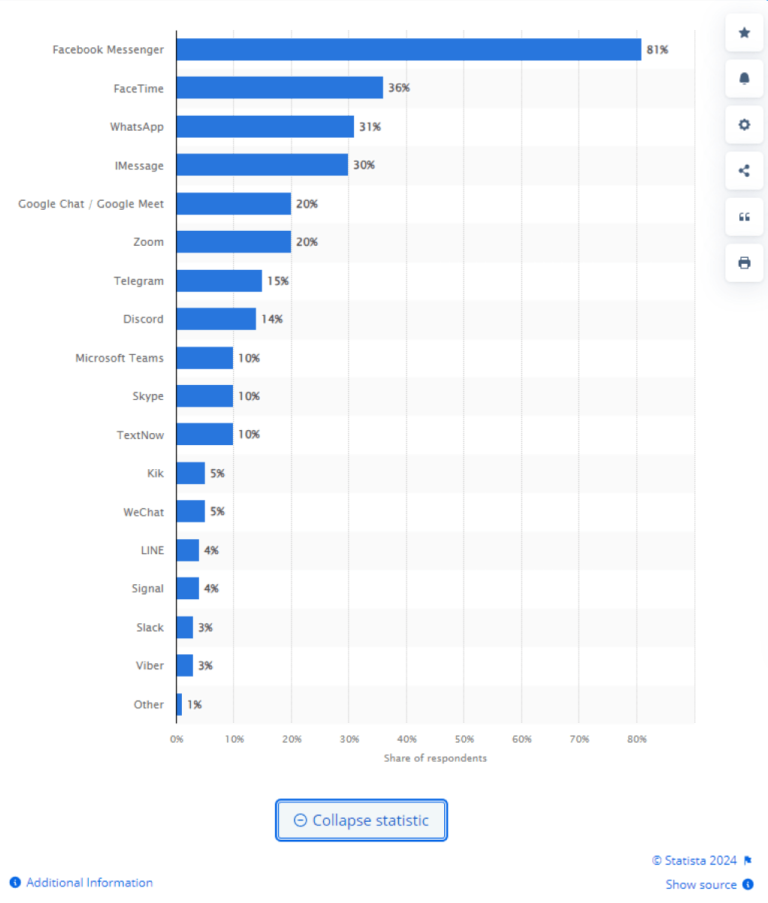This study is part of the redesign of an existing web platform into an app. Due to privacy matters it won’t be possible to share images of the web platform.
Next on our roadmap was the referral program. According to the business representatives almost half of our new customers come from referrals and its cost is substantially lower in comparison to marketing campaigns.
The Referral Program is a program where current customers may refer new ones and receive a commission for it. The commission is paid based on “onboarding started” and “new customer approved”, and the referring customer will also receive a bonus for each goal achieved for both commission types.
the current platform
The customer’s current referral page is composed of four main areas:
- at the top, there are three main product statistics (amount received from referrals that have “onboarding started”, the amount received for “new customer approved” and “total earnings”),
- sharing options,
- earning simulator and
- a referral contact list.
BLIND INFORMATION
Although the statistics are great, I discovered that they didn’t mean much, because our customers don’t have access to detailed information about the amounts paid (commission and bonus). 30% of the tickets opened were inquiring about missing payments, clarification over the amount paid, and the expected time to receive a payment.
program info and journeys
While reviewing the customer support logs 60% of the tickets were categorized as “process inquiry”, so it was clear that our (new and existing) customers have many questions about the program: how it works and eligibility rules, when to add the referral code to the process, etc.
I later found out that we actually offer the “how it works” page to our customers, but it turns out it is placed behind 3 clicks, in a not-so-obvious place, under the earning simulator…
About the journey, I found that there was no evidence that the referral code was applied during the flow, which led to many calls to the support team only to validate this information.
CONTACT LIST AND SHARING OPTIONS
The “contact list” feature available on the dashboard unfortunately wasn’t working properly and it didn’t fit the app experience.
Originally, our customers could add contacts to the list and send invitations and check if those invitations actually became valid referrals, but due to marketing e-mail regulations and system limitations, unfortunately it wasn’t working properly.
The sharing options allowed the customers to share their link via Facebook, Twitter, and Email, and also copy and paste the link.
SYSTEM
Although this was a user-centric task while interviewing the developers, I found out that sometimes, we were paying “onboarding started”-commission twice, and that the system wasn’t blocking commission payments to customers who never had a business relationship with the company or are delinquent.
HOTJAR
The current mobile view of the web platform presented the following improvement opportunities:
- Hover behaviors not replaced with clicks
- Large tables generating horizontal scrolling
- Too much vertical scrolling

LOOKING FOR BEST PRACTICES...
Since referral programs are not new in the market, we looked for the common best practices, and the following seemed good improvement opportunities:
-
Improve the quality of the links shared, adding context and logo.
-
Offer the possibility to share code through the main messaging apps.
-
Offer benefits for the new customers as well.
-
Create a landing page for each referral code.
-
Create a wallet for the accrual of referral earnings until the customer makes a withdrawal.
Implemented solutions
Based on all information gathered, we prioritized:
-
Adding the expected bonus amount to the statiscts progression bar, for clarity on the expected amount.
-
Offering the customer a detailed statement of their earnings based on the payment date and invitees’ names. This is going to be a new feature for the customer, even though we already have this information on the system side.
-
Adding a FAQ covering where the payments are being made, the expected time to have the amounts reflected on the bank account, how to claim for a referral not paid, and the program’s email address for further questions.
-
Making the program information visible and easily accessible on the main page of the customer’s dashboard
-
Adding to the end of every main flow (there are two during onboarding) evidence that the referral code was applied.
-
Replacing the “contact list” with the possibility to share the invitation through the main message apps (Facebook, Whatsapp, and IMessage) according to the “Most used messenger by brand in the U.S. as of December 2023” graphic below:
-
Adding to our customer’s link invitation the company’s logo and a contextual language, explaining this is an invitation and how it should be used. Our current link only shows the name of the site and the link itself, but nothing related to the context.
-
Reviewing program landing page language, since it was outdated and it didn’t reflect the program’s current rules.
deprioritized SOLUTIONS
The wallet feature was one proposition that sounded really interesting from a business point of view, but it could not be implemented due to temporary regulations constraints.
Also, the business understood the benefits of offering advantages to the referred customers, but that will require further investigation on the business impact.
Finally, the creation of a custom landing page was placed as a future improvement on the product backlog, as it also needs further details.
metrics
When implemented, these are a couple of the success metrics I want to monitor :
-
Number of calls to customer support regarding referral
-
Number of tickets opened for adding referral codes
-
Number of tickets opened for information over payments




